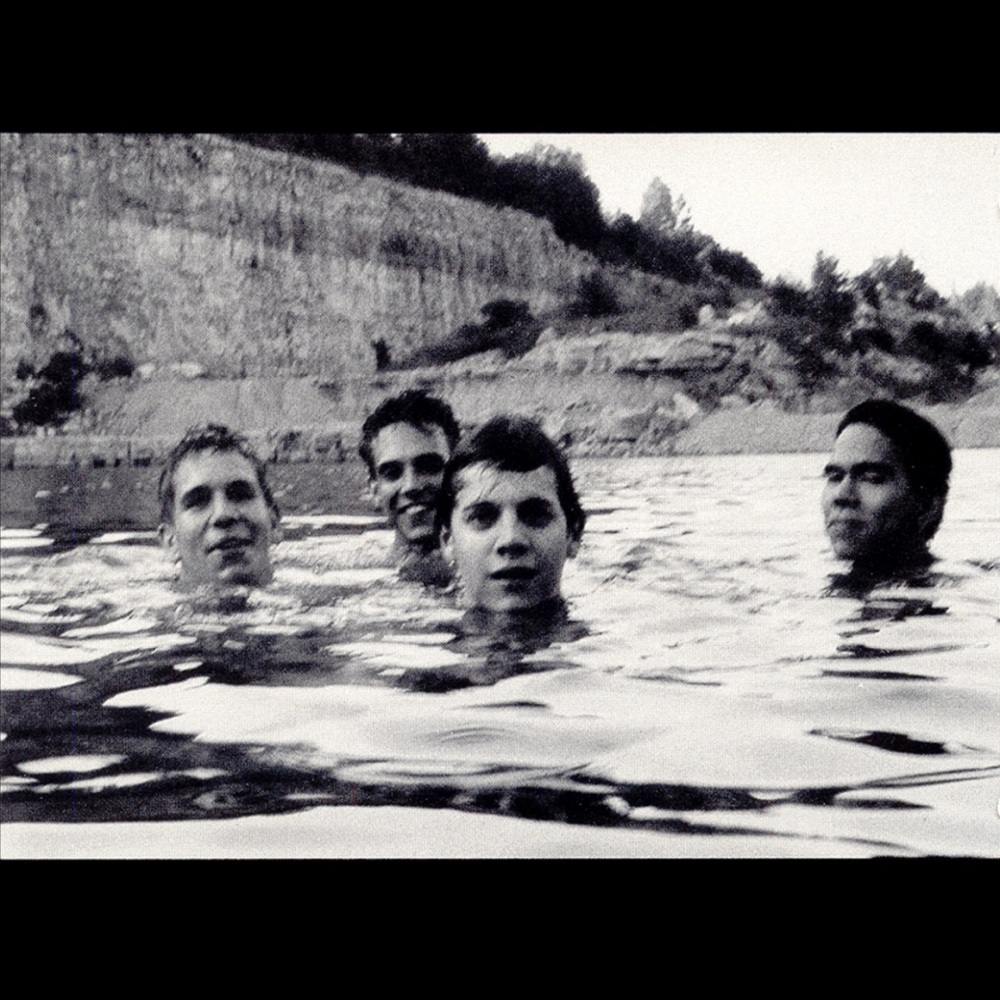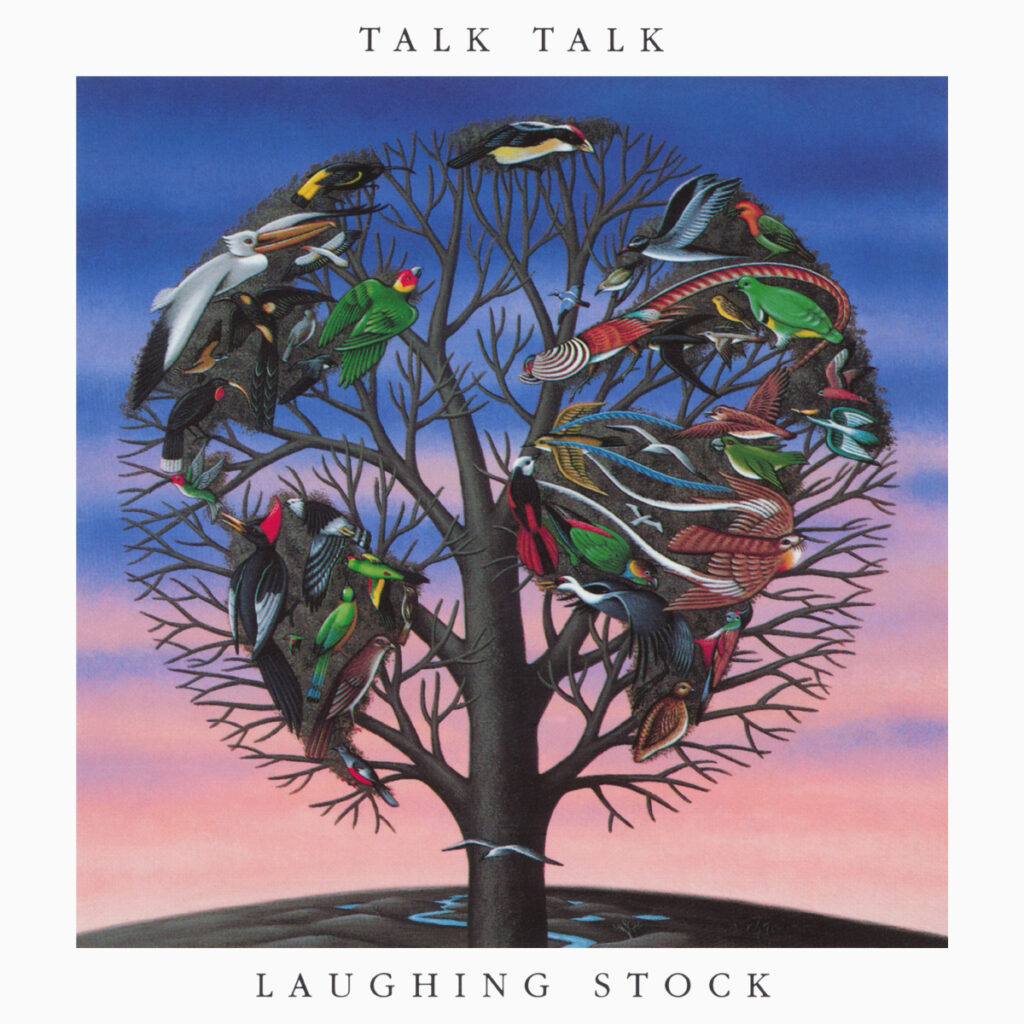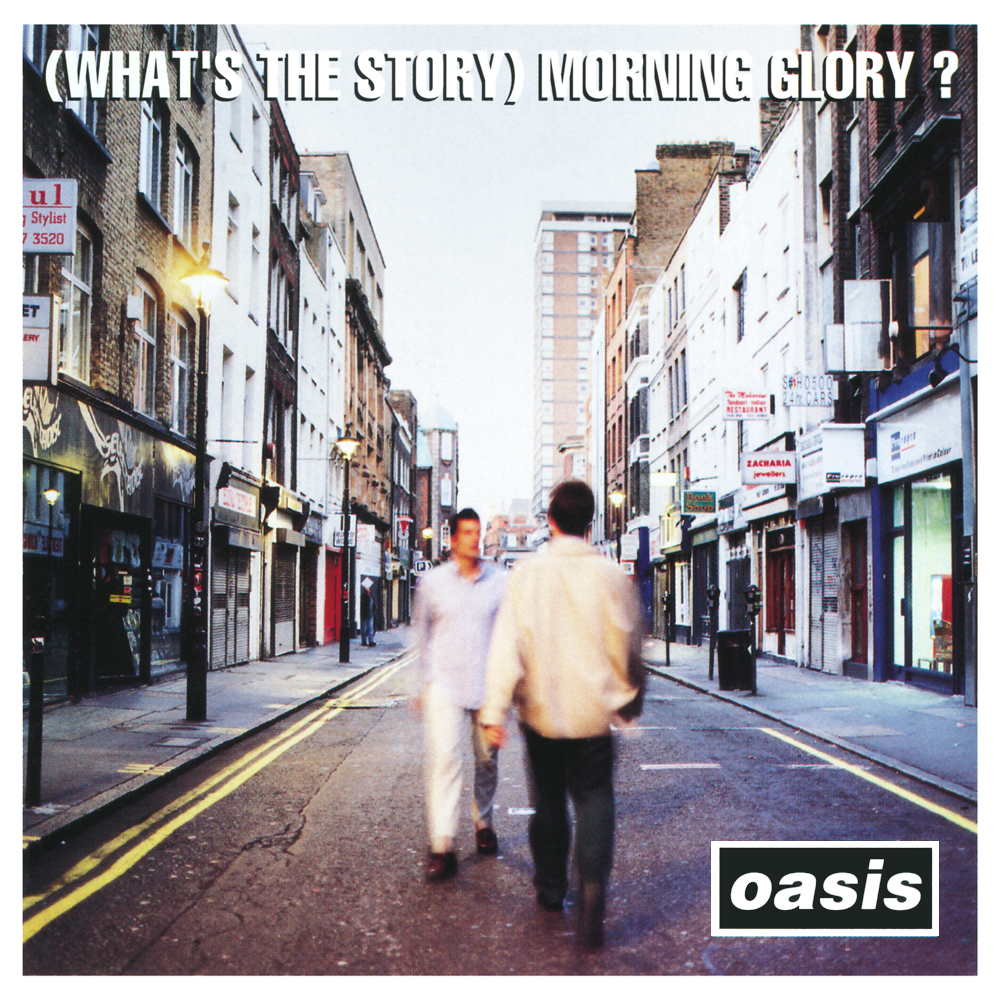Slint, ‘Spiderland,’ 1991

Slint’s second and final studio album, Spiderland, stands as a cornerstone in the evolution of post-rock and math-rock, revered for its innovative structures and profound influence on subsequent generations of musicians. This album, recorded over four days in August 1990, was a transformative piece that challenged the prevailing norms of rock music at the time. At its core, Spiderland is a sonic exploration of complex emotional and psychological landscapes. The album’s themes delve into unease, social anxiety, loneliness, and existential despair, articulated through narrative-style lyrics and a stark vocal delivery. Brian McMahan’s approach to lyrics alternates between spoken word, singing, and shouting, presenting a blurry boundary between dreams and reality, evoking a profound unease. This album is inherently tied to its mythos, including stories of mental deterioration during its creation, adding a palpable tension to the listening experience. The final track, Good Morning, Captain, epitomizes the album’s thematic core, drawing inspiration from Samuel Taylor Coleridge’s poem “Rime of the Ancient Mariner.” This adaptation demonstrates the band’s literary influences and their ability to convey profound stories through haunting and intense musical backdrops.
The compositional structure of Spiderland is marked by its sophisticated guitar lines, extreme dynamic shifts, and unconventional time signatures, such as 7/4 into 12/8 and 15/8. This complexity lends the album a distinctive character, setting it apart from the mainstream rock of its time. Nosferatu Man, a high-energy track, utilizes a chugging, martial rhythm juxtaposed with twin guitars that weave in elliptical patterns rather than conventional hooks, emphasizing dissonance over melody. This approach reflects the band’s deliberate deviation from predictable song structures, favoring exploration and tension building. One of the remarkable features of Spiderland is its dynamic range, employing a Loud-Quiet-Loud pattern that has since become a hallmark of the post-rock genre. This technique is evident in tracks like Don, Aman, where the tension gradually escalates before reaching a climactic eruption. This dynamic strategy, apparent throughout the album, is executed with great precision and care. The second side of the album ventures further into abstraction with Washer and For Dinner…, before culminating in Good Morning, Captain, where a crescendo of sound delivers a haunting narrative closure. The album’s “dry, unembellished” sound and minimalist production style allow the listener to focus on each component of Slint’s performance, enhancing the intimate and voyeuristic feel of the record. Spiderland‘s enduring legacy can be compared to seminal works like The Velvet Underground & Nico, serving as a touchstone for artists seeking to transcend conventional rock paradigms. Bands such as Mogwai, Sigur Rós, and Godspeed You! Black Emperor have drawn inspiration from Slint’s pioneering sound. The enigmatic aura surrounding Spiderland, amplified by the band’s breakup before its release, has contributed to its mythic status within the music community.
Talk Talk, ‘Laughing Stock,’ 1991

Laughing Stock, the final studio album by Talk Talk, marks a significant departure from the band’s earlier synth-pop roots, embracing a more experimental and minimalist approach. Laughing Stock is a profound exploration of themes such as existentialism, spirituality, and the human condition. Following the band’s contentious departure from EMI, the album embraces an experimental ethos, delving into spiritual contemplation, Christianity, and death, creating a poignant meditation on life’s transient nature. This thematic richness is complemented by its conceptual structure; despite having six distinct tracks, the album flows as one continuous, evolving piece of music, blurring the lines between individual songs. This reflective quality is evidenced in tracks like Myrrhman and Runeii, which bookend the album with solemnity and quiet contemplation. The penultimate track, New Grass, offers a sense of rebirth and optimism, creating a juxtaposition that underscores the album’s explorative nature. Mark Hollis, the band’s frontman, is known for his minimalist lyrical content, prioritizing the music’s emotional depth over traditional storytelling. This can be seen in the album where the lyrical ambiguity allows listeners to project their interpretations, facilitated by the abstract nature of the compositions.
Laughing Stock stands as a seminal work in the realm of avant-garde music and post-rock architecture, characterized by its sparse arrangements and improvisational framework. The album marked a radical shift from conventional pop structures, favoring ambient, jazz, and post-rock influences. Structured more like an orchestral piece than a traditional rock album, the album drifts without a conventional verse-chorus structure. This approach becomes evident in tracks like Myrrhman and Runeii, which are marked by their absence of repetitive hooks, replaced instead by evolving musical ideas. The use of instrumentation is sparse yet intricate, relying heavily on the interplay between acoustic and electric instruments, such as violins, organs, and variophon, which add layers to the sound palette. The recording sessions were unorthodox; the studio environment was manipulated to eliminate distractions, creating an atmosphere conducive to creativity and focus. This included blacked-out windows and an absence of clocks, allowing the musicians to immerse themselves fully in the music-making process. Producer Tim Friese-Greene and engineer Phill Brown played pivotal roles in shaping the album’s sound, employing a methodology that emphasized spontaneity and restraint. Musicians were invited to improvise without hearing the full tracks, resulting in a tapestry of impressions that were later meticulously refined. The songs are built from tiny musical gestures, with a strong emphasis on the “space between the notes.” This approach lends the album an ethereal quality, where silence is as important as sound—a philosophy championed by band leader Mark Hollis. Laughing Stock is hailed as a definitive work of the 1990s, influencing a generation of post-rock and experimental musicians. It is often regarded alongside Slint’s Spiderland as a foundational text in the genre.
Oasis, “(What’s The Story) Morning Glory?”, 1995

(What’s the Story) Morning Glory?, the second studio album by English rock band Oasis, is my ultimate comfort album. Morning Glory remains one of the definitive icons of 1990s Britpop—a movement characterized by its distinctly British sensibilities and cultural references. In the aftermath of the band’s critically acclaimed debut, Definitely Maybe, Oasis approached Morning Glory with a subtle shift in thematic focus and musical style, leading to a blend of anthemic rock and introspective ballads. Unlike its predecessor, which celebrated the raw vigor of the working-class ethos, Morning Glory channels a more reflective and nostalgic tone. The album taps into the universal themes of love, fame, nostalgia, and societal transitions, captured through the introspective lyrics and anthemic compositions of Noel Gallagher, the band’s primary songwriter. The album opens with Hello, a track that foreshadows the entire record’s tone with its reflective lyrics and underlying themes of change and the inevitability of decline. Meanwhile, Don’t Look Back in Anger and Wonderwall, two of the album’s most celebrated hits, offer a reflective view on regret, reconciliation, and self-redemption, encapsulated through Noel Gallagher’s absorbing and often enigmatic lyrics. Tracks such as Champagne Supernova and Cast No Shadow convey an air of yearning and melancholy and offer a surreal and existential meditation, indicative of lead songwriter Noel Gallagher’s lyrical evolution.
The composition of Morning Glory marked a departure from the band’s earlier work. Noel Gallagher shifted from the raw aggression of Definitely Maybe to a more melodic and structured approach by focusing more on crafting powerful choruses and ballad-oriented tracks, channeling the pop sensibilities of the 1960s and 70s. The album is a medley of influences, drawing from the anthemic styles of rock giants like The Beatles and R.E.M. This is evident in the composition of Some Might Say, which showcases Oasis’ ability to build hook-laden tracks with unforgettable melodies. The Beatles’ influence can be seen in Don’t Look Back in Anger, which features a Lennon-esque piano introduction, quite reminiscent of Imagine; and the track She’s Electric, which subtly nods to With a Little Help from My Friends. Produced by Morris and Gallagher, Morning Glory was emblematic of the production trends of the mid-90s, especially the “Loudness Wars,” where the emphasis was on increasing the volume levels in recordings. Morris applied thick production techniques to create a wall of sound that gives the album its signature overwhelming intensity. A notable compositional characteristic is the incorporation of orchestral elements, which add a layer of sophistication to the guitar-driven foundation. The use of string arrangements on tracks like Wonderwall enhances the emotive quality of the music, making it resonant and timeless.
The tremendous success of (What’s the Story) Morning Glory? was not solely due to its musical composition but its timing and cultural context as well. Arriving at a moment when the rock scene was dominated by American grunge, Oasis’s blend of English rock revivalism offered a refreshing counterpart and revival of British culture on the global stage.